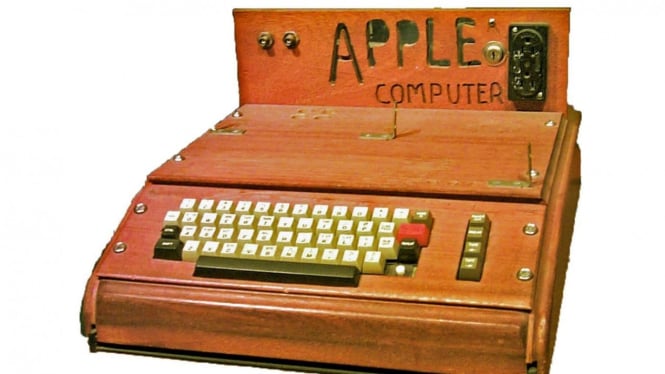Jakarta –
The impact of Russia limiting its gas exports has had its impact on the semiconductor industry. Semiconductor manufacturers are losing raw materials to make chips.
This comes after Russia restricted exports of inert gases including neon, argon and helium to ‘unfriendly’ countries. The three gases are used to produce tiny electronic chips that are installed in consumer product assemblies. Starting from smartphones, washing machines, to cars.
Even though all this time due to the impact of the pandemic, the world was experiencing a shortage of chips for months.
Reported from CNN, Monday (20/6/2022), before the war between Russia and Ukraine raged. The two countries together account for about 30% of the chip industry’s neon gas supply, the data obtained from consultancy Bain & Company. Now Russia is holding back its gas supply, while Ukraine is still struggling to withstand attacks from Russia.
The semiconductor industry itself is struggling to recover after the pandemic. The supply of chips began to increase, but what happened in Russia and Ukraine gave manufacturers a new headache.
“What we don’t need, obviously, is another drama with chip supply that could affect and possibly hinder the recovery,” said Justin Cox, director of global production at automotive consultancy.
Neon plays an important role in the production of semiconductors, in a process called lithography. The gas controls the wavelength of light produced by the laser as it scratches the pattern onto the pieces of silicon that make up the chip.
Before the war, Russia collected raw neon as a by-product in its steel mills, then sent it to Ukraine for refining. Both countries have been leading producers of inert gas since the days of the Soviet Union.
The conflict has caused a long-lasting damage to capacity. Heavy fighting in several Ukrainian cities, including Mariupol and Odessa, two strategically important port cities, has destroyed industrial sites and made it very difficult to export goods from the region.
Semiconductor manufacturers say they have reduced their dependence on the region since Russia invaded Crimea in 2014. Peter Hanbury, a partner at Bain & Company’s American manufacturing practice, says chipmakers have redoubled their efforts after the February invasion.
However, it cannot be ruled out that the dependence of the chip industry on Ukraine and Russia for neon gas has historically been very high at between 80% and 90%. But since 2014, chipmakers have reduced it to less than a third.
It is too early to know whether Russia’s export curbs will have an impact on semiconductor makers. So far, the war in Ukraine has not interfered with chip production.
However, if chipmakers are looking to find missing supplies from Russia and Ukraine, they are likely to have to pay more for vital gas.
“I don’t think we’re going to see an impact for at least a few months… I think the impact we see is likely to be a little bit,” Hanbury said.
Watch Videos “European Union Signs Gas Supply Cooperation with Israel and Egypt“
[Gambas:Video 20detik]
(hal/zlf)
–

